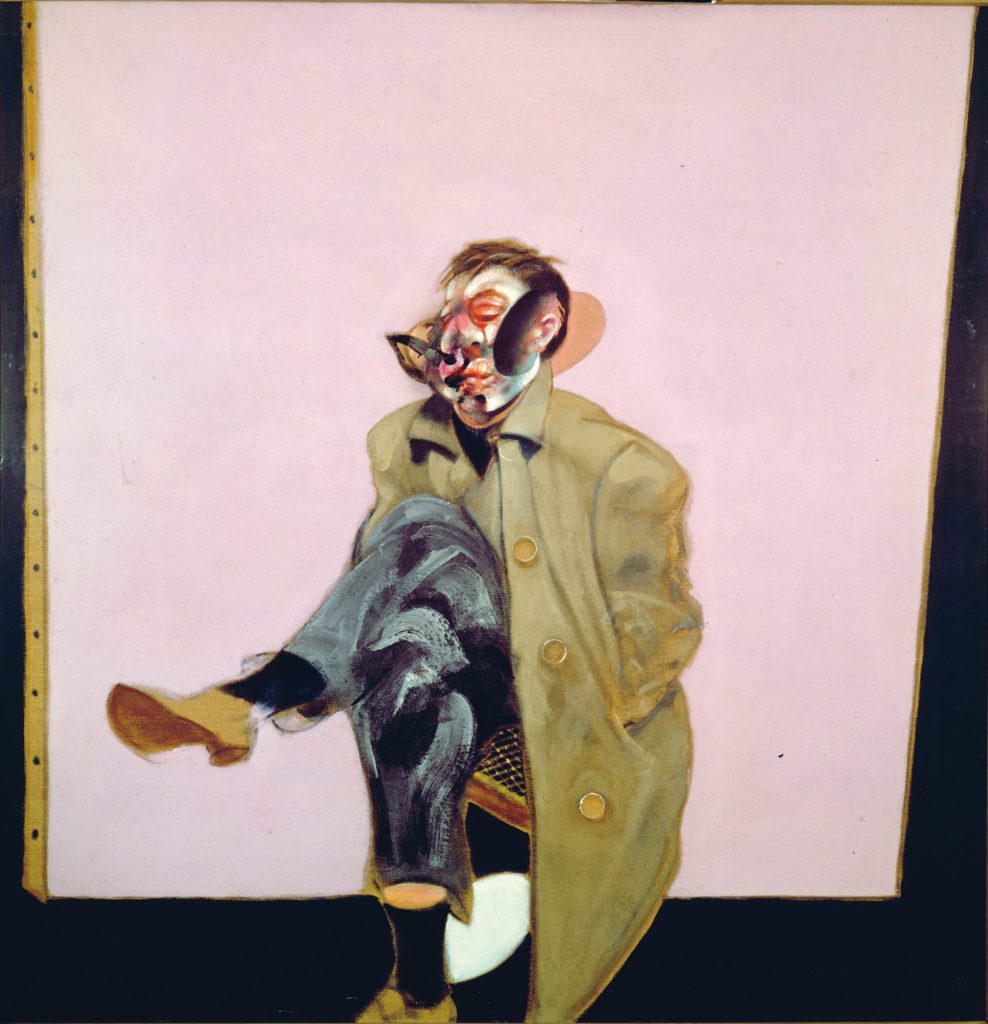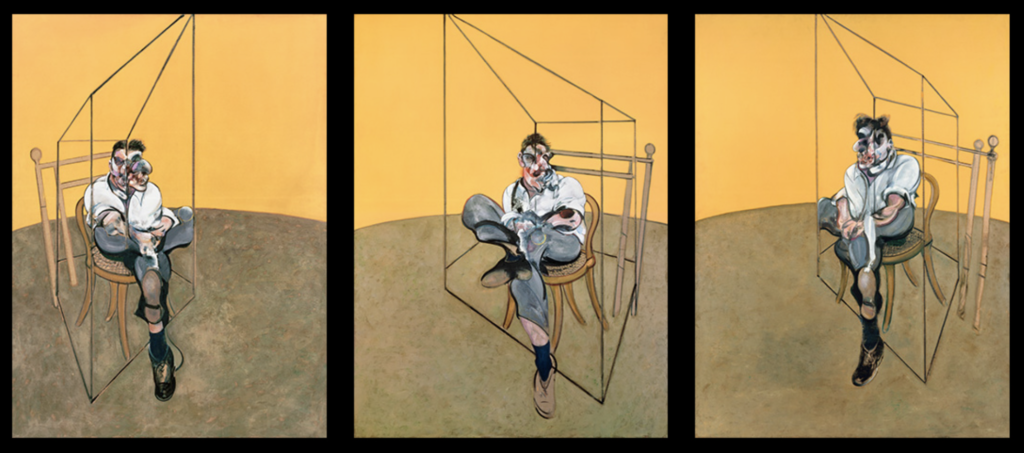Francis Bacon: Painting the Dark Side of Life
British artist Francis Bacon is one of the best-known figurative painters of the 20th century. Notorious for his raw, unsettling imagery that conveys psychological states and turmoils, Bacon’s paintings capture the dark side of everyday life, through ambivalent and grotesque representations of animals and human figures. His brushstrokes merge multitudes of colors, spreading edges and disrupting the facial features of the characters involved.
Check our upcoming events selected for you:
Francis Bacon’s Early Works
Born to an English family in Dublin in 1909, Francis Bacon spent his childhood in Canny Court, County Kildare where his father worked as a racehorse trainer, allowing the artist to study animals from an early age. The family moved to London during the war years, where his father joined the Ministry of War, and the family spent postwar years between London and Ireland. After being kicked out of his family home for being a homosexual, at the age of 16, he spent his days in Berlin and Paris living off of his mother’s allowance.
During the 1920s and 1930s, he worked as an interior decorator. A late bloomer, Francis Bacon began to draw and paint in his late 20s inspired by Picasso’s 1927 exhibition he visited in Paris. His first exhibition held at his friend’s house, (renamed Transition gallery for the occasion), wasn’t received well and the artist destroyed his paintings, something he will continue to do throughout his life, every time he’s unsatisfied with his work. Unfortunately, not many pieces from his formative years survived. Then another blow to his career came when he was turned down by the International Surrealist Exhibition in London in 1936, apparently because his paintings weren’t surreal enough.

Things began to look up for the painter in 1944, when his triptych Three Studies for Figures at the Base of a Crucifixion, met critical acclaim. Made at the end of the Second World War, the painting shows three furies, Greek goddesses of retribution and vengeance. Based on Picasso’s art piece The Three Dancers, the disturbing surreal figures captured the atmosphere in Britain at the end of World War II. Many thought that the piece reflects the horrors of the Holocaust, but also the fear of a nuclear war. The dark, disturbing art piece has established his reputation as the bleak author known for chronicling the human condition.
Bacon spent the 1940s painting simple compositions, usually depicting male heads, focused on a single figure with simple disturbing details, like an open mouth in the center of the figure. In 1949 he began painting his critically acclaimed series of popes inspired by the works of Velazquez, something that will occupy his attention in the years to come. His depiction of Pope Innocent X is one of existential agony and unquestionable fear.
Getting International Acclaim
At that time he was getting internationally recognized, and his works traveled the globe. Inspired by Van Gogh’s piece The Painter on the Route to Tarascon, the artist changed his painting style. His canvas texture became rougher, while the colors became richer and more vibrant.
From the 1960s the artist was focused on making portraits of friends and drinking buddies. By this time triptychs have become his trademark art pieces. After the suicide of his lover, George Dyer in 1971 the artist’s painting become more personal. Suffering from a psychological and emotional breakdown, he went on to produce both posthumous portraits of his partner and a series of his own self-portraits, focusing on the passage of time and death. In the late 1970s and early 1980s, the artist turned to landscapes, some of which were inspired by the poems of T.S. Eliot.
The climax of his later period is marked with simplified and more mature art pieces like a Study for a Self-Portrait-Triptych, 1985–86. Today the painter who passed away in 1992 is considered one of the most sought-after on the market, and his works are known to reach record-breaking prices. In 2013 his painting Three Studies of Lucian Freud from 1969, became the most expensive art piece sold at auction to date, reaching a $142 million dollar price at Christie’s sale in New York.

Dwell into the 50-year-long career of Britain’s most celebrated painter
One of the most acclaimed and prolific artists of the 20th century, Francis Bacon, surely had an amazing life. From a weak, asthmatic child and a rebellious teenager, to one of the most sought-after artists whose pieces are among the most expensive in the world. This January 30th, the Royal Academy of Art in London, will organize a survey show dedicated to the artist’s half a century-long career and the undeniable mark he left on art history.
If you are in London, make sure to visit the Francis Bacon: Man and Beast exhibition. Before you do that, make sure to join our online talk and learn a bit about the artist’s body of work, to better understand and enjoy the show. And if you can’t make it to the Royal Academy of Art exhibition, join us anyway as we will do our best to illustrate the magnificent and disturbing style of an iconic artist, who had a unique ability to transfer physical pain and emotional turmoil to canvas.

Leave a Reply